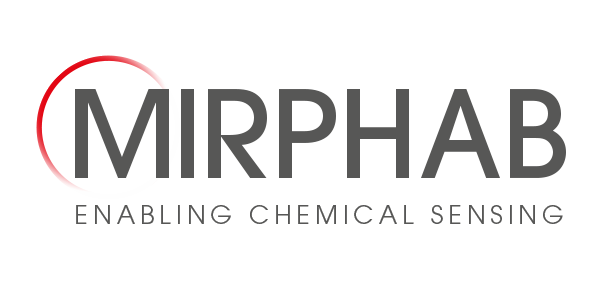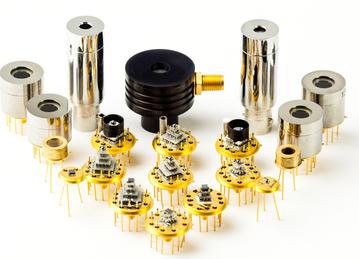Based on a massive use of IC/MEMS technologies, the pilot line will enable a variety of new key functionalities for next generation of chemical sensing and spectroscopy, allowing low-cost, power consumption and size reduction. Where required, the development of novel process modules will exploite the capability of a mixed Si/III-V technology bringing new capabilities to sensors, opening the way to a number of applications not addressed with the technologies and components available today.
The spectrometer system offered by MIRPHAB will consist of: MIR Sources, Optics, MIR Detectors and Packaging. Interband Cascade Lasers (ICLs), Quantum Cascade Lasers (QCLs) are the MIR emitters available working by Fabry-Perot, Distributed Feedback Bragg (DFB) or External Cavity (EC) technology. Regarding passive components, three integrated photonic platforms will be available: a silicon-on-insulator (SOI) waveguide platform, a SiGe/Si platform and a Ge/SiGe platform. MIR detectors available are type-II InAs/GaSb superlattice (T2SL), InAsSb and Quantum Cascade Detectors (QCD). Finally, according to the specifications provided accompanied by the users, these components will be chained together either by hybrid or monolithic assembly to realize Systems In Package (SIP) or Systems On Chip (SOC) devices.


